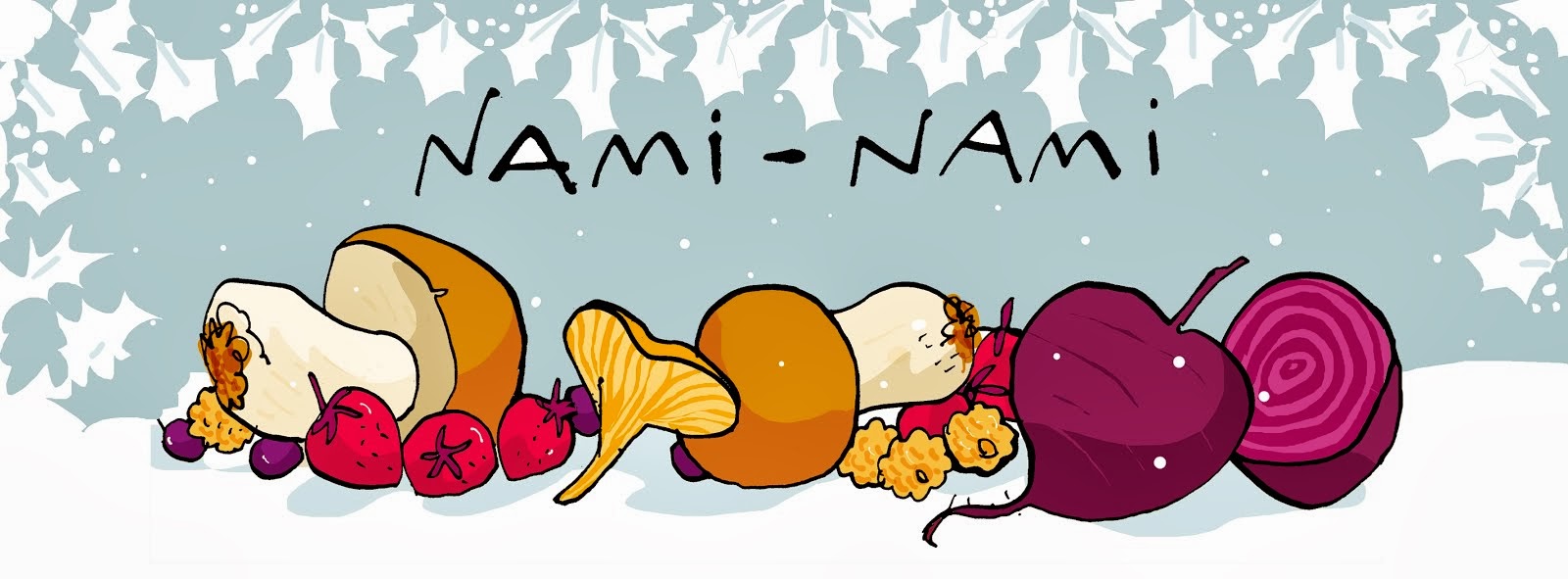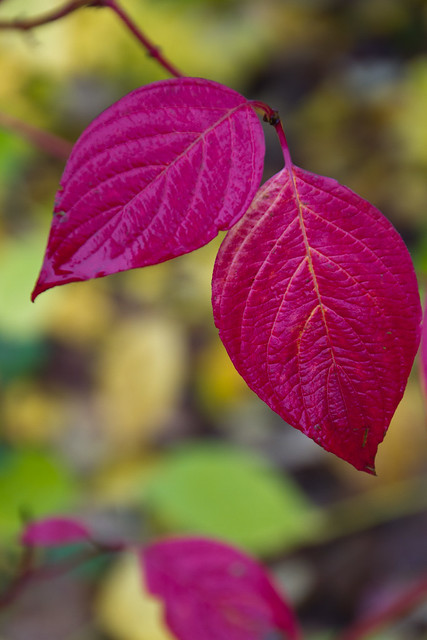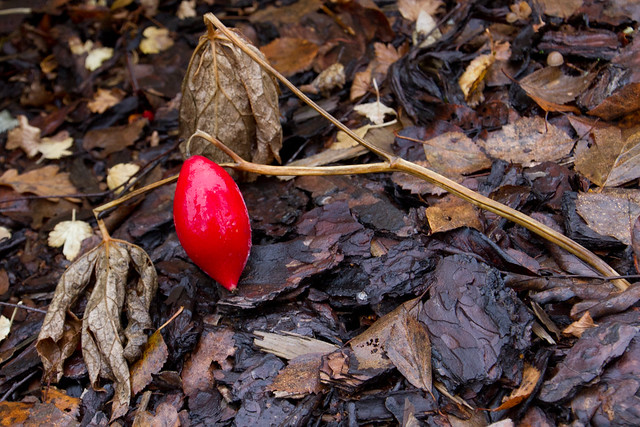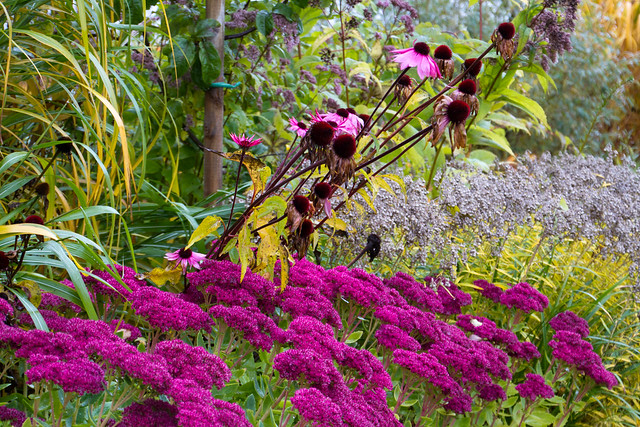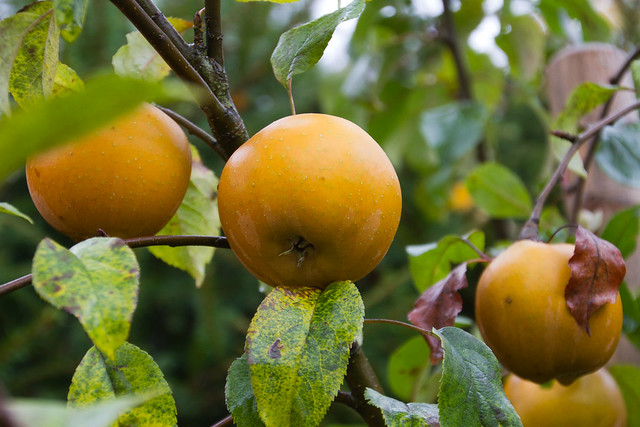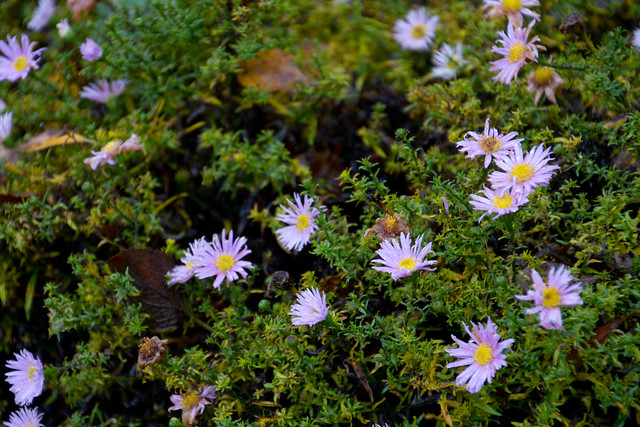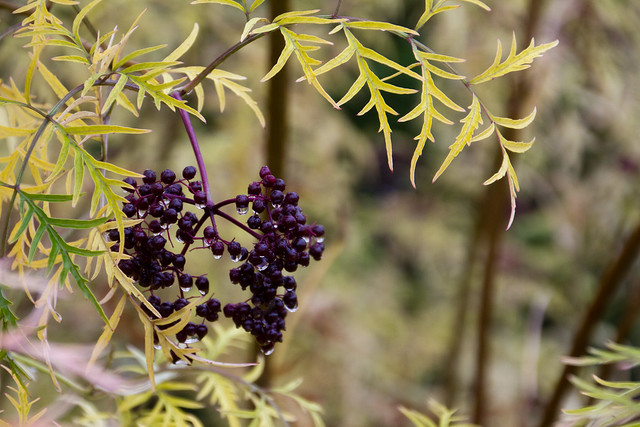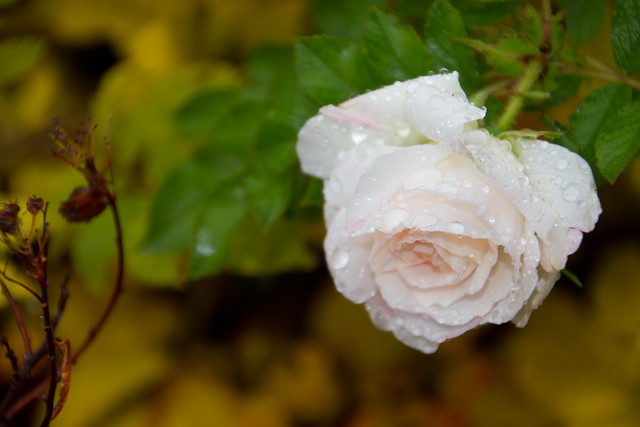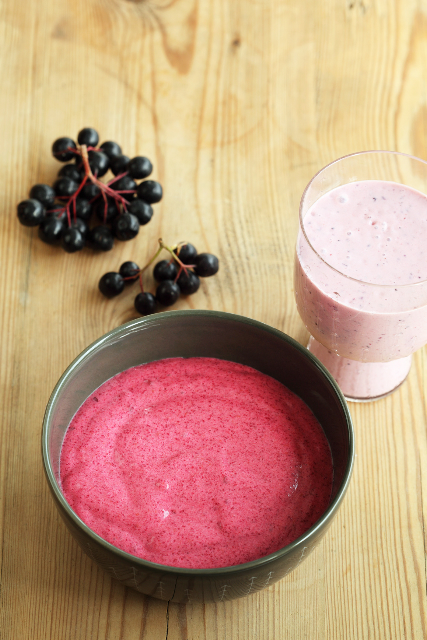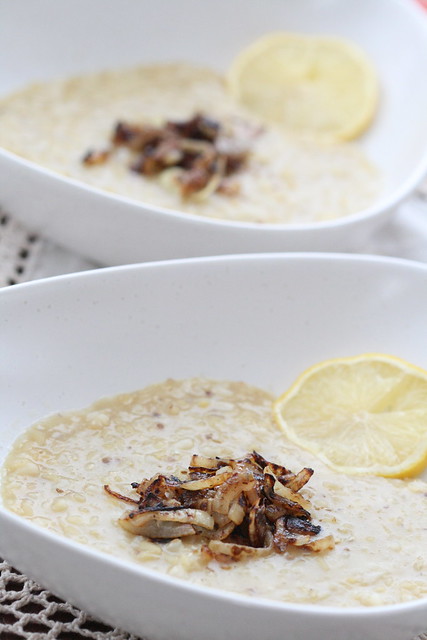
Remember those pictures from our garden, taken just ten days ago? Well, just a week later our garden looked - and is still looking - very different, as the snow came surprisingly early this year, and that first snow is still here.

Which means it's time to enjoy autumnal hearty flavours from now on. And here's a neat recipe to start with - a Lebanese soup makhlouta. What impresses me most about this is that it hardly contains anything, yet is most satisfying and flavoursome :)The recipe is slightly adapted from Claudia Roden's wonderful Arabesque: A Taste of Morocco, Turkey, and Lebanon, published in 2006. According to Taste of Beirut food blog, makhlouta means 'mixture' in Lebanese Arabic and it's a soupy stew that contains variour legumes and beans such as lentils, kidney beans, white beans, chickpeas, bulgur wheat. Claudia Roden's version is pretty minimalist, containing just rice and lentils, but I often prefere minimalist versions anyway, so I'm happy with this recipe.
Makhlouta - Lebanese rice and lentil soup
(Liibanoni riisi-läätsesupp)
Serves 6 to 8
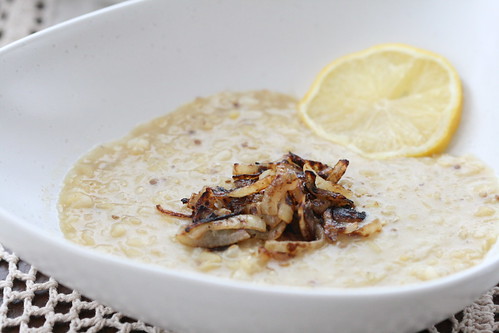
2 large onions
3 Tbsp olive oil
2 litres vegetable stock
200 g red 'Egyptian' lentils
100 g risotto or porridge rice, rinsed and drained
2 tsp coriander seeds
salt and black pepper
To serve:
1 tsp cumin seeds, crushed
1-2 lemons, cut into sectors
First make the crispy onion topping. Peel and halve the onions, cut into thin slices.
Heat the oil in a heavy saucepan, add the onions and fry gently until the onions are softened and translucent. Now increase the heat and fry until the onions are golden brown and caramelised. Transfer onto a kitchen paper to crispen.
For the soup, bring the water into a boil. Add the lentils and rice. Season with pepper and add the crushed coriander seeds. Bring into a low simmer, cover and simmer for 35-45 minutes, until both rice and lentils are completely soft and the soup nice and creamy. Taste for seasoning - add salt, if necessary.
To serve, scoop the soup into warm soup bowls, sprinkle with crushed cumin seeds and garnish with crispy onion rings. Place lemon slices or sectors on the table, so everyone can sprinkle some lemon juice on top of their soup.
More makhlouta recipes out there:
Taste of Beirut
Mama's Lebanese Kitchen
Ya Salam Cooking
The Gutsy Gourmet
The Well-Seasoned Cook
